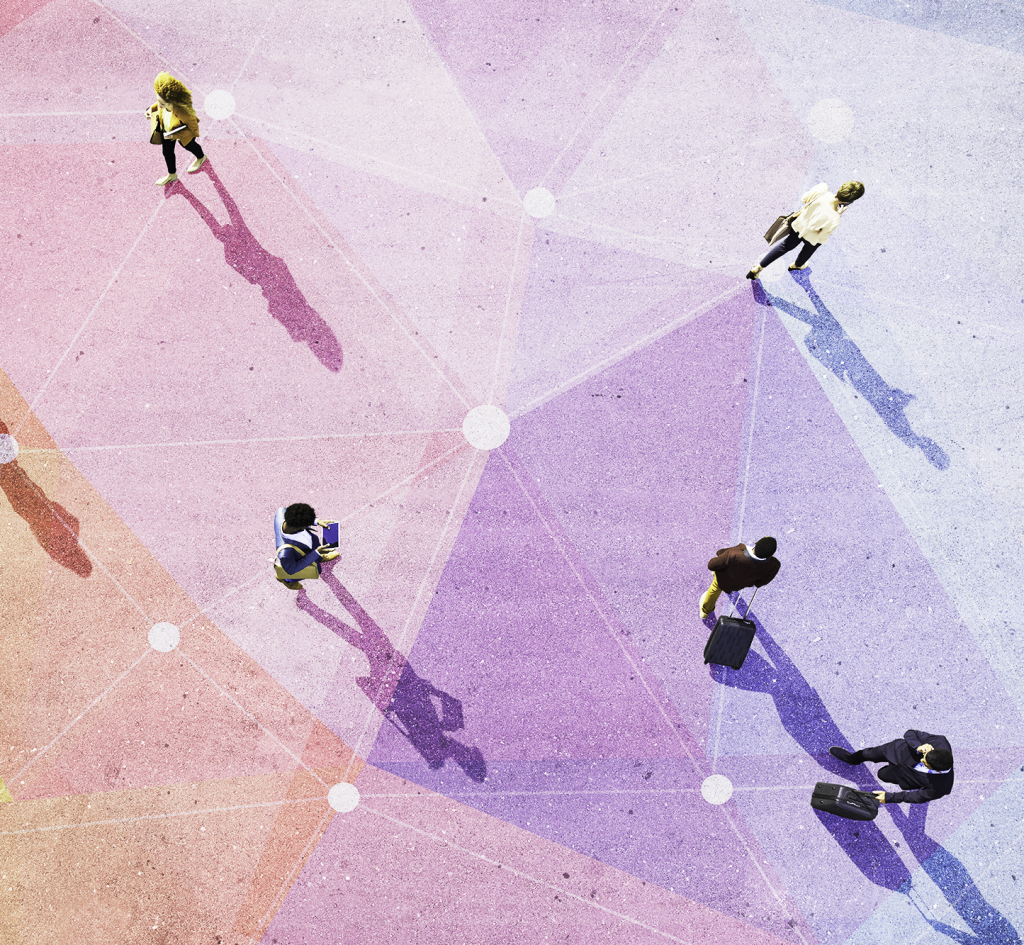Who would have thought we would be developing a survival kit for social distancing? I mean where did those words come from anyway?
According to the Merriam-Webster Dictionary, the first known use of the term social distancing was defined in 2003 as:
“The practice of maintaining a greater than usual physical distance from other people or of avoiding direct contact with people or objects in public places during the outbreak of a contagious disease in order to minimize exposure and reduce the transmission of infection”
What is social distancing anyway?
According to Buzzfeed, “social distancing involves staying away from other people in order to avoid catching or spreading a virus. It’s a fancy term for avoiding crowds. That could mean working from home rather than catching a train to the office, avoiding concerts or weddings, or skipping that half marathon you’ve been training for.”
From my point of view, a little bit of social distancing in your life from time to time isn’t such a terrible thing, however, a prolonged period of social distancing is another matter altogether.
Thankfully, society hasn’t been forced to experience social distancing often and so, there haven’t been many formal studies on the prolonged effects of social distancing, but I don’t need a scientist to tell me that being separated from social interaction for long periods can affect a person’s overall wellbeing.
With more and more people working remotely, they may have a sense of uncertainty and a general lack of direction, guidance, and support they would normally receive from being at work with others.
The team at Purple Giraffe have been able to work remotely from its inception, now of six years, we are familiar with what is required in making a successful remote workforce. Social distancing, however, is a new thing for all of us.
I am a person who needs to have people around me. I get my energy from other people and so I have put together the following Social Distancing Survival Kit for you and for me.
Stay Connected
Keeping connected is so much easier these days with digital platforms like Skype, Zoom, Facetime, WhatsApp…the list goes on.
Don’t forget the good old-fashioned phone conversation can be just as stimulating.
Staying connected with people helps to mitigate the stress people may be experiencing during these testing times. Talking things out with other humans and having a laugh is good for everybody.
However, overcompensating on social media is not the answer. Mindless scrolling through social feeds during times of uncertainty can cause more stress than is necessary. If you find yourself becoming overwhelmed by social media, then break the habit and do something else.
Working from Home
Working from home can really work, if you are disciplined. My team and I work from home a lot and for it to work for you we encourage you to consider the following:
- Be organised
- Plan your day and stick to it
- Ensure you include breaks within your day
- Have a dedicated workspace
- It is amazing how a dedicated workspace can engage a different mindset
- Set your space up how you like it and try to keep it that way
- Avoid this space being for everybody in the household to use, make it yours
- Avoid home distractions
- Let the family know that you are working
- Leave the house duties behind as soon as you enter your dedicated workspace
- Be strict on your office hours versus your home hours
- Be tech-savvy
- Have all your working files stored electronically so that they are as accessible at home as they are in the office
- Limit the number of times you check e-mails
- Book meeting online – use platforms like Zoom and Skype to host face to face meetings
Training and Development
Use the time of social distancing to learn some new skills or do that course you’ve always wanted to do but had many other distractions preventing you from doing it.
There are so many ways to learn in today’s environment that don’t include face-to-face training. The benefits of online training and development include:
- Convenient and flexible access to training means you can fit it into your day when you have allocated the time (not when the trainer has set the time)
- Online courses are often less expensive and don’t forget there is also so much information available online that is free
- The training is self-paced, meaning you can take as little or as long as you like to learn what you want to learn
- You can gain stimulation and self-satisfaction from having learned a new skill
- Some online courses are collaborative and support community engagement so you will receive social stimulation during times of social distancing
Get outside
Many people misinterpret social distancing for social isolation.
There are still things you can do outside during times of social distancing and it is good for your health and wellbeing. The key is to do them safely, so if you are not sick or showing symptoms and keeping, your distance from others then you are social distancing.
So, get outside while the weather is good and go for a walk, hike, bike ride or run.
Get it Done
Are you a procrastinator? Do you know all too well that panicked feeling when you said you were going to do something and then left it too late to get it done on time or well? Or, you’ve been wanting to do something for a while, like write a report or build a sales funnel but just haven’t found the time to do it? If so, this is a great time for you to get it done!
Dedicate some of your day that you would normally spend talking with colleagues in the workplace on getting things done that you felt you didn’t have the time to get done previously. For me, this blog is one of those things. I have been wanting to write three blogs since Christmas and haven’t gotten to them yet. So, I am using some of my working from home time (where I have fewer distractions from the office) to write these blogs. I’m getting it done.
Being a glass half full person, I see social distancing as a time for reflection, a time to self-educate and a time for getting things done that you have been wanting to get done for a while. I hope you too can find the good in the bad.
Blog Image Credit: GH.COM







